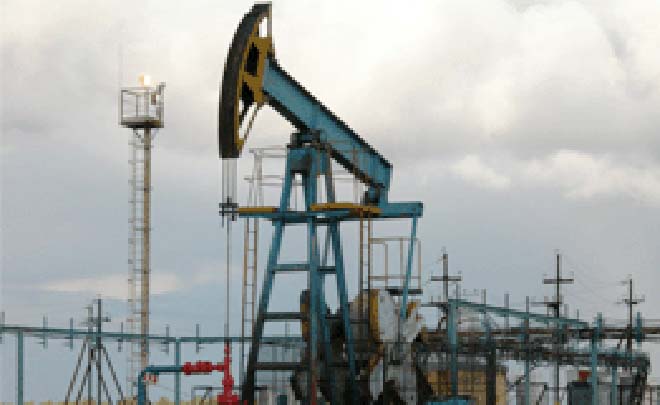Oil prices edged higher on Tuesday ahead of weekly U.S. inventory data on evidence the global market is tightening as lower production by OPEC and other exporters drains stocks, Reuters reported.
Increased drilling in the United States, however, could keep a lid on prices.
Brent LCOc1 futures gained 21 cents, or 0.4 percent, to settle at $55.44 a barrel, while U.S. West Texas Intermediate CLc1 gained 43 cents or 0.8 percent, to $53.18 per barrel.
That put WTI up for a fourth day in a row, its longest winning streak since the end of December.
Ministers from the Organization of the Petroleum Exporting Countries (OPEC) and big producers outside the group said on Sunday that of the almost 1.8 million barrels per day (bpd) they had agreed to remove from the market starting on Jan. 1, 1.5 million bpd had already been cut.
Saudi Arabia's oil output is likely to drop to around 9.9 million bpd in January, according to industry sources and shipping data. The kingdom said it pumped 10.47 million bpd in December.
"The comments out of OPEC are the primary reasons for the price increase on Tuesday. That and recent weakness in the dollar, which is actually masking some serious weakness in oil," said Phil Davis, managing partner at PSW Investments in Woodland Park, New Jersey.
The U.S. dollar .DXY settled at a seven-week low against a basket of currencies on Monday, but was up nearly 0.15 percent Tuesday afternoon. A weaker greenback makes dollar-denominated crude less expensive for users of other currencies.
Bernstein Energy said global oil inventories declined 24 million barrels to 5.7 billion barrels in the fourth quarter of last year from the previous quarter. This amounts to about 60 days of world oil consumption.
"This is the biggest quarterly decline since the fourth quarter of 2013, confirming that inventory builds are now reversing as the market shifts from oversupply to undersupply," Bernstein analysts said in a note to clients.






